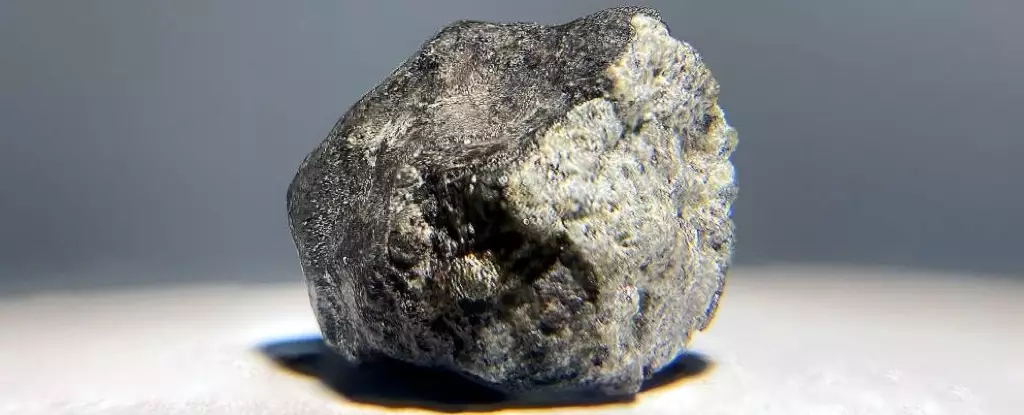For centuries, meteorites have captivated both scientists and enthusiasts, serving as tangible remnants of the cosmos. Until recently, researchers faced the daunting task of determining the origins of these celestial visitors, with only a minuscule fraction being reliably linked to their parent bodies in space. New groundbreaking studies, however, have illuminated the murky waters of meteorite lineage, revealing that over 90 percent of these space rocks derive from distinguishable source asteroids.
The investigations led by prominent teams from the French National Centre for Scientific Research, European Southern Observatory, and Charles University in the Czech Republic emphasize the homogeneity of meteorites. The research specifically examined H chondrites (high iron) and L chondrites (low iron), accounting for roughly 70 percent of meteorite finds on Earth. The analysis indicates a noteworthy relationship in the composition of these meteorites, characterized by their formation from chondrules—small, spherical particles formed from the rapid cooling of molten rock.
Researchers identified three primary asteroid families as the main contributors to these chondritic meteorites: Massalia, Karin, and Koronis, all situated within the asteroid belt between Mars and Jupiter. The significance of these families cannot be overstated, as they serve as fundamental nodes in the solar system’s history. The analysis delved into the timing of significant collisions that sent fragments hurtling across the cosmos and ultimately towards Earth.
Evidence shows that the Massalia family experienced major asteroid collisions approximately 466 million and 40 million years ago, while the Karin and Koronis families were impacted by catastrophic events around 5.8 million and 7.6 million years ago, respectively. The implication of this timing is immense, suggesting that the meteorites that land on Earth today owe their existence to comparatively recent cosmic upheavals rather than to ancient, primordial processes.
The research teams employed various methodologies to ascertain these origins, including analyzing cosmic-ray exposure ages of H chondrite meteorites and examining the pre-atmospheric orbits of these fragments. These diverse approaches allowed the researchers to construct a more complete narrative of how meteorites came to be within our reach.
As the authors noted, this phenomenon suggests that many meteorites arriving on our planet are not only fewer in number of originating groups than previously thought but are also the product of recent collisions. This challenges the long-held assumption that meteorites are ancient vestiges of the early solar system, revealing a dynamic and evolving landscape of asteroid interactions.
The life cycle of asteroid families plays a crucial role in the continued study of meteorite origins. When significant collisions occur within these families, numerous smaller fragments are created and released into space. This process facilitates the likelihood of those fragments becoming part of the debris field and enhances their opportunity to collide with other celestial bodies, including planets like Earth.
In addition to the common H and L chondrites, the teams expanded their research to include less typical meteorite types, attributing them to additional asteroid families such as Veritas, Polana, and Eos. This rigorous analysis propelled the percentage of accounted-for meteorites to beyond 90 percent, underscoring the potential for future discoveries in this arena.
Gaining insight into the origins of meteorites holds profound implications for our understanding of the solar system’s evolution. By piecing together the history of these celestial objects, astronomers can gain critical knowledge about planetary development, the dynamics of asteroid interactions, and even anticipate the future trajectories of these planetary wanderers.
The recent breakthroughs in determining the origins of meteorites exemplify how collaborative research can reshape our comprehension of cosmic phenomena. As researchers persist in their quest to account for all types of meteorites, we inch closer to unraveling the complexities of our solar system’s history and the fate of its myriad inhabitants. The journey of discovery continues, promising fresh revelations for both scientists and enthusiasts alike.


Leave a Reply